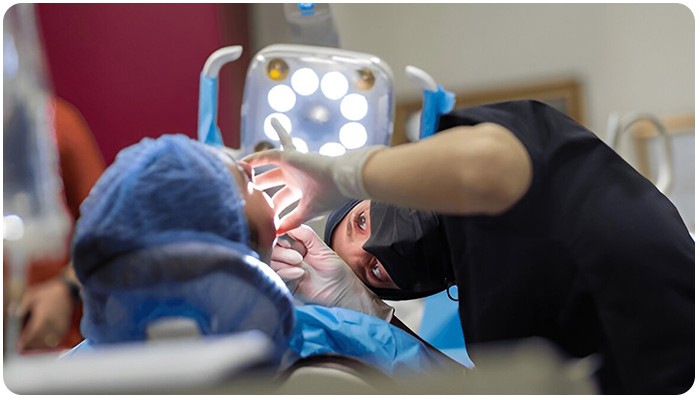What is Exocad? A New Era in Digital Dentistry
Digital dentistry is becoming increasingly widespread with the advancement of technology. One of the most prominent software solutions in this transformation is Exocad.
Dental fillings have long been a fundamental treatment method in dentistry, used to restore teeth damaged by decay or trauma. However, with rapid advances in technology, both filling materials and application techniques have undergone significant evolution. Today’s dental filling technologies offer more aesthetic, long-lasting, and biocompatible solutions, enhancing both patient comfort and clinical success.

Nanotechnology offers great advantages in improving the performance of filling materials. Composite fillings reinforced with nanoscale silica and zirconia particles show greater mechanical strength and wear resistance compared to traditional composites. (1) Some nanomaterials also possess antibacterial properties, which help reduce the risk of secondary caries. (2)

Three-dimensional (3D) printing enables the production of custom-designed fillings based on digital scans. This method allows the filling material to fit the tooth anatomy precisely and shortens clinical procedure times.(3) Additionally, digital manufacturing minimizes human error and enhances restoration success.

Smart materials are a new generation of biomaterials that can respond to environmental stimuli and perform biological functions. For instance, some fillings release fluoride to encourage remineralization of the surrounding tissues.(4) Other materials can respond to pH changes by releasing antibacterial agents or change color to indicate damage within the filling.(5)

Dental lasers such as Er:YAG and Nd:YAG are effectively used in cavity preparation and decay removal. Laser treatments offer a more comfortable experience for patients due to reduced vibrations and pain compared to traditional rotary tools.(6) Moreover, laser-created surfaces improve micro-mechanical retention, enhancing the adhesion of the filling material.(7)

Next-generation biocompatible materials exhibit thermal expansion and elasticity similar to natural tooth tissue, reducing the risk of microleakage.(8) Self-healing polymers contain special monomers capable of detecting and repairing microcracks, thereby extending the lifespan of the restoration.(9)

The future of dental fillings lies in biological approaches that not only repair damage but regenerate the natural tooth structure. The integration of biomaterials and tissue engineering could make it possible to regenerate living tissues such as dental pulp.(10) Additionally, AI-assisted diagnostic systems are likely to enhance the precision and speed of cavity detection and treatment planning.(11)

Technological advancements in dental fillings are transforming restorative dentistry into a more effective, long-lasting, and patient-friendly discipline. Innovations such as nanotechnology, 3D printing, smart materials, laser-assisted techniques, and biocompatible fillings are reshaping the way cavities are treated. As these technologies continue to evolve, they may one day replace traditional fillings with regenerative, biologically-based treatments. Therefore, it is crucial for both clinicians and researchers to stay informed about these developments.